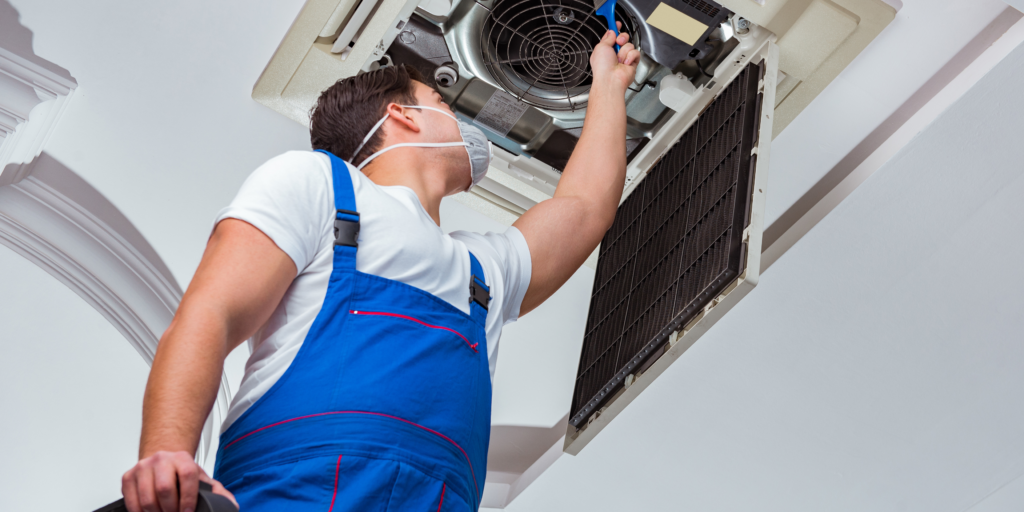When selling an HVAC business, owners often encounter various deal structures designed to maximize the sale price and terms. One such structure is the “earnout,” a deferred payment method contingent on the business’s future performance. Understanding how earnouts work can be crucial for sellers aiming to achieve the best possible outcome.

What is an Earnout?
An earnout is a financial arrangement where the seller receives a portion of the sale price based on the business’s performance after the sale. This performance is usually measured by specific financial metrics, such as revenue or profit targets, over a defined period. For example, if an HVAC business is sold with an earnout clause, the seller might receive additional payments if the business meets or exceeds certain revenue milestones in the years following the sale.
Benefits of Earnouts
- Higher Sale Price Potential: Earnouts can help bridge the gap between the seller’s valuation and the buyer’s offer. By tying future payments to the business’s performance, sellers can negotiate a higher overall sale price.
- Risk Mitigation for Buyers: Buyers are often cautious about overpaying for a business. Earnouts shift some of the risks to the seller, as the additional payments depend on the business achieving agreed-upon performance goals.
- Incentivizing Seller Involvement: Sellers may remain involved in the business during the earnout period, ensuring a smoother transition and helping maintain business performance, which benefits both parties.
Drawbacks of Earnouts
- Uncertainty and Risk: Sellers face uncertainty, as earnout payments depend on the business meeting future targets. External factors beyond the seller’s control can impact performance and, consequently, earnout payments.
- Potential for Disputes: Disagreements may arise over the interpretation of earnout terms or the business’s financial performance. Clear, detailed earnout agreements are essential to minimize conflicts.
- Extended Involvement: Sellers looking for a clean break might find earnouts less appealing, as they often require ongoing involvement in the business.
Structuring an Earnout
A well-structured earnout agreement is critical to its success. Key elements to consider include:
- Clear Performance Metrics: Define the financial metrics that will trigger earnout payments, such as revenue, EBITDA, or net profit. Ensure these metrics are straightforward and easily measurable.
- Realistic Targets: Set achievable performance targets based on historical performance and market conditions. Unrealistic targets can lead to disappointment and disputes.
- Duration: Specify the earnout period, typically ranging from one to three years. A reasonable timeframe allows for accurate performance assessment while maintaining seller motivation.
- Payment Schedule: Outline the payment schedule and method, including any upfront payments and subsequent earnout installments.
- Roles and Responsibilities: Clarify the roles of the seller and buyer during the earnout period. This includes decision-making authority and the level of involvement required from the seller.
Conclusion
Earnouts can be a valuable tool in HVAC business sales, offering benefits to both sellers and buyers. However, they require careful planning and clear agreements to be effective. At Scale or Exit Partners, we specialize in helping HVAC companies prepare for sale, ensuring they achieve the best price and terms.
If you need additional support on preparing your business to sell or would like to sell now, text or call Scale or Exit Partners at (832)745-2721. You can also email us at garyd@scaleorexit.com. For more information about Scale or Exit Partners, visit our website at www.scaleorexit.com. We have access to investors if you want to sell now, and if you want to get the best price and terms for a future sale, we can help you get ready.
